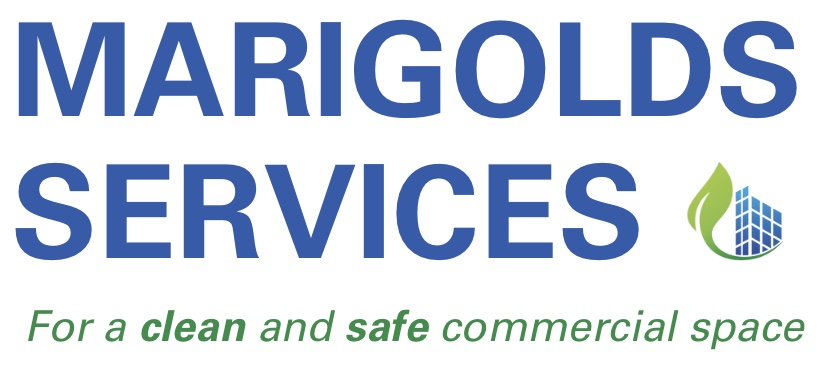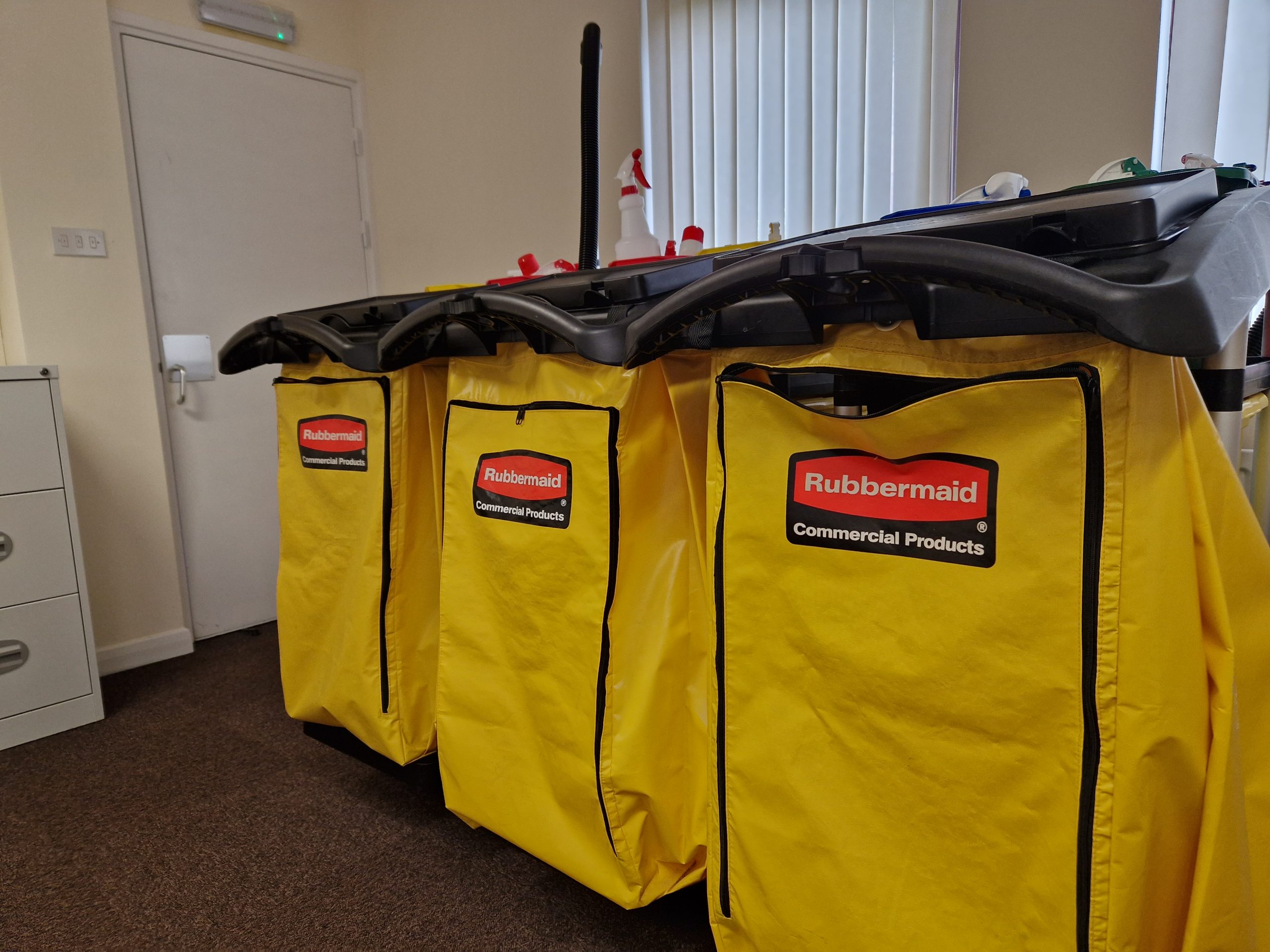What are the three levels of cleaning?
Understanding the distinctions between cleaning, sanitising, and disinfecting is crucial for maintaining a clean and healthy environment in your business. These three tiers of cleaning serve different purposes in terms of removing dirt, reducing germs, and preventing the spread of diseases. The level of cleaning that you will need in your office, warehouse, medical centre, or retail store will depend on the type of business that you are and the clientele that you serve.
- Cleaning: The first tier of cleaning is focused on removing visible dirt, dust, and debris from surfaces. This initial step, often referred to as cleaning, involves physically eliminating the tangible elements that accumulate on various surfaces. Cleaning methods may include sweeping, vacuuming, dusting, mopping, or wiping with cleaning solutions. By effectively removing these visible contaminants, cleaning not only improves the overall appearance of a space, but also contributes to a more pleasant and inviting environment. It eliminates loose particles that can cause allergies or respiratory discomfort and helps maintain cleanliness standards. While the first tier of cleaning primarily addresses surface-level dirt, it sets the foundation for subsequent tiers of sanitising and disinfecting to further promote a healthy and hygienic space.
- Sanitising: Sanitising goes beyond the visible dirt and targets microorganisms that may not be apparent to the naked eye. It involves using sanitising agents, such as disinfectant sprays or wipes, that are specifically designed to inhibit the growth and spread of bacteria. Sanitising is particularly important in areas where hygiene is critical, such as kitchens, bathrooms, and shared spaces. By effectively sanitising surfaces such as countertops, doorknobs, and light switches, the risk of cross-contamination and the transmission of illnesses can be significantly reduced. While sanitising doesn’t necessarily eliminate all germs, it plays a vital role in maintaining a cleaner and healthier environment for the well-being of occupants.
- Disinfecting: The third tier of cleaning, known as disinfecting, is the highest level of cleaning aimed at killing or inactivating a wide range of germs, including viruses and bacteria. Disinfecting goes beyond cleaning and sanitising by using potent, chemical agents to eliminate most harmful microorganisms on surfaces. It involves applying disinfectants, such as sprays or wipes, that are specifically formulated to target and destroy pathogens. Disinfecting is crucial in high-risk areas or during outbreaks to prevent the spread of infectious diseases. Surfaces frequently touched by multiple people, such as doorknobs, handrails, and shared equipment, should be regularly disinfected to maintain a safe and hygienic environment. By implementing the third tier of cleaning, you can significantly reduce the risk of infections and promote the health and safety of occupants in your space. For intensive disinfection – we can use our electrostatic high level disinfection for hard to reach areas and control a space quickly.
By understanding these three tiers and implementing them appropriately, you can maintain a clean and hygienic environment that helps protect the health and well-being of your staff and visitors.
Which cleaning level is right for my business?
Some businesses require a higher level of sanitization, while others with less foot traffic can rely on a dust-free and tidy appearance to conduct business effectively. The level of interaction and foot traffic your business experiences should dictate the type of cleaning service that you enlist. However, all businesses should be performing traditional cleaning tasks daily.
Marigolds offers a variety of affordable services, to help your business check off the three levels of clean. We can even help create the right cleaning schedule for your business to ensure it remains clean and germ-free! Contact us to go over your business’ unique cleaning needs and have a friendly, professional discussion.

